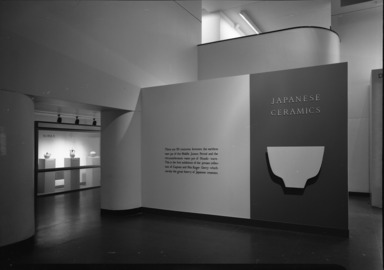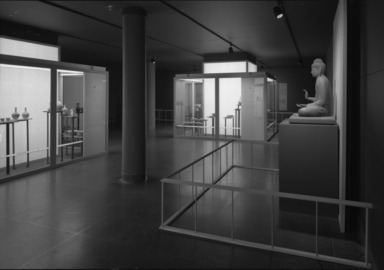

Japanese Ceramics from the Collection of Captain and Mrs. Roger Gerry, June 28, 1961 through September 04, 1961 (Image: PHO_E1961i031.jpg Brooklyn Museum photograph, 1961)
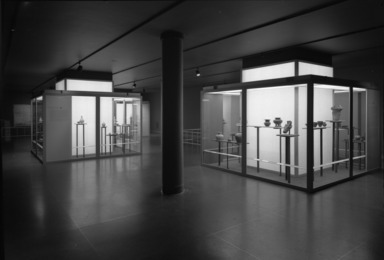
Japanese Ceramics from the Collection of Captain and Mrs. Roger Gerry, June 28, 1961 through September 04, 1961 (Image: PHO_E1961i032.jpg Brooklyn Museum photograph, 1961)
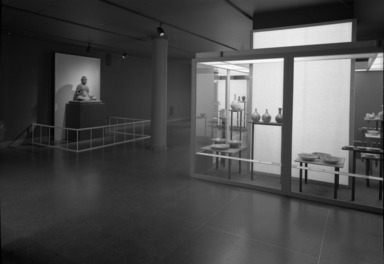
Japanese Ceramics from the Collection of Captain and Mrs. Roger Gerry, June 28, 1961 through September 04, 1961 (Image: PHO_E1961i033.jpg Brooklyn Museum photograph, 1961)
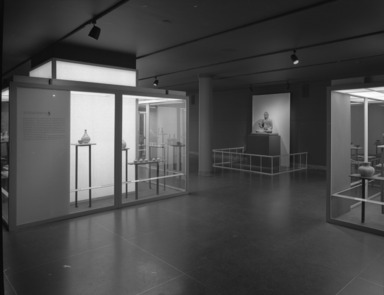
Japanese Ceramics from the Collection of Captain and Mrs. Roger Gerry, June 28, 1961 through September 04, 1961 (Image: PHO_E1961i034.jpg Brooklyn Museum photograph, 1961)
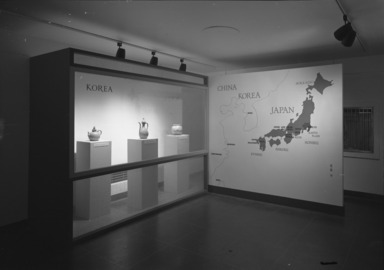
Japanese Ceramics from the Collection of Captain and Mrs. Roger Gerry, June 28, 1961 through September 04, 1961 (Image: PHO_E1961i035.jpg Brooklyn Museum photograph, 1961)
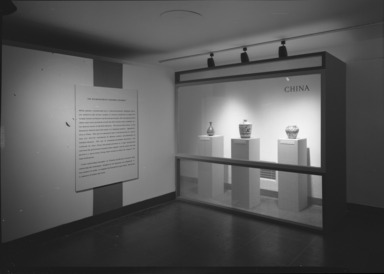
Japanese Ceramics from the Collection of Captain and Mrs. Roger Gerry, June 28, 1961 through September 04, 1961 (Image: PHO_E1961i036.jpg Brooklyn Museum photograph, 1961)
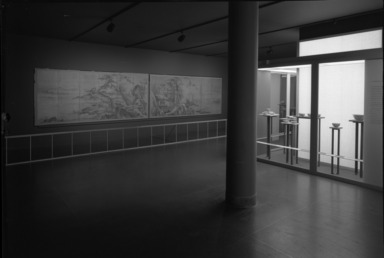
Japanese Ceramics from the Collection of Captain and Mrs. Roger Gerry, June 28, 1961 through September 04, 1961 (Image: PHO_E1961i037.jpg Brooklyn Museum photograph, 1961)
Japanese Ceramics from the Collection of Captain and Mrs. Roger Gerry
-
June 28, 1961
The first public exhibition of JAPANESE CERAMICS from the collection of Captain and Mrs. Roger Gerry of Roslyn, Long Island will open at the Brooklyn Museum on June 28 where it may be seen in the Special Exhibition Galleries through September 4. In addition to 95 examples of pottery and porcelain dating from the 3rd millen[n]ium onward, a pair of 11th century screens and an 11th century wood sculpture of the Buddha will be shown from this collection which was assembled by Captain Gerry during his years of Naval Service In Japan.
One of the few private collections of Japanese ceramics in the United States, the Gerry Collection presents an unusually thorough survey of the history of porcelain in Japan. The polychromed export wares, popularly called “Imari”, which were exported during the seventeenth and eighteenth century in such quantity to Europe by the Dutch East India Company and so strongly influenced the growth of the Western ceramic industry, provide an interesting comparison with the fine examples of the major historic kilns of Kutani, Kakiemon, Nabeshima and other wares made to satisfy the Japanese taste.
While porcelain predominates, examples of pottery and stoneware made before the introduction of porcelain in the early 17th century are well represented. A large storage jar dating from the neolithic, or Joman, period and the fragment of a haniwa in the form of a strongly modelled horse’s head from the 5th century A.D. are outstanding examples from the pre-Budhhist period. Haniwa are clay cylinders, often terminating in sculptural representations of people, animals and everyday objects, which were placed around the great burial mounds of the period. The earliest ash-glazed pottery, first produced accidentally during the 5th century is well represented, and the technical developments which made possible the great achievements of the Momoyama Period (1568-1615) are clearly outlined. The production of utensils for the tea ceremony dominated the ceramic industry at this period, and the wares of the Oribe, Shino and Karatsu factories readily betray the influence of Zen Buddhist philosophy in their carefully controlled irregularities of shape, texture and decoration which reflect the unexpected and the constant flux In nature.
Mrs. Andrée Cooney of the Museum’s Oriental Art Department summed up the Gerry Collection as an “excellent chronicle of the history of Japanese ceramics which includes many fine pieces and several exceptionally interesting examples of ‘special order’ work done for private individuals.” Among the pieces of this type e[s]pecially noted by Mrs. Cooney are a shaving bowl from the early 18th century with Delft-type decoration and a pair of medicine bottles with the initials JVH which were probably made for Johann Van Hoorn who became Governor-General of the Dutch East Indies in 1704.
There will be a Brooklyn Museum Members’ preview of this major Exhibition on Monday evening, June 26 from 8:30 to 11:00 p.m.
Brooklyn Museum Archives. Records of the Department of Public Information. Press releases, 1953 - 1970. 1961, 025-26.
View Original
